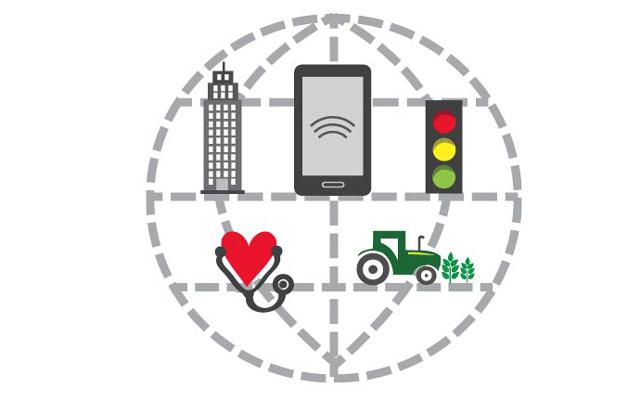Verizon IoT platform set for expansion with launch of ThingSpace, LTE connection focus
Verizon Communications shined some light on its growing “Internet of Things” business, announcing nearly $500 million in revenues so far this year through its current operations and the launch of its ThingSpace IoT platform designed to further grow the business.
At an event in San Francisco, Verizon claimed its IoT business sported an ecosystem of more than 1,000 channel partners and when combined with its telematics operations had generated $495 million in revenues this year. Verizon in August announced the commercial availability of its Hum aftermarket “vehicle technology and subscription service” targeting the telematics and connected car space.
In a move to bolster its IoT operations the carrier announced the ThingSpace platform, which it said would allow developers to create applications, customers to manage devices, partners to “make their services” and Verizon to “launch integrated vertical solutions simply, in an open environment.”
To entice developers, Verizon said it has a December conference planned in Boston where attendees can gain access to the company’s APIs and application enablement capabilities. Verizon plans to rollout “hundreds more APIs on the platform throughout 2016.”
In addition, Verizon said it was adding a dedicated network core and connectivity options tied to its LTE network and designed to make it easier to connect IoT devices to the network. That core is said to be optimized for “Cat1” devices allowing device makers to bypass non-cellular connectivity options that typically need to connect to a wide area network through a router.
“Despite the exciting potential, IoT is still too complex, too fragmented, too expensive to connect and too hard to scale,” explained Mike Lanman, SVP Enterprise Products at Verizon, at the event. “Success in that future relies on a leader that can cut through the complexity and change the IoT model. That’s where Verizon comes in. With our experience in networks, devices, platforms and applications, we are taking a holistic approach to simplifying adoption to expand the IoT market from millions to billions of connections.”
In pushing the initiative, Verizon said it was working with chipmakers on embedded modules allowing for automated provisioning with the carrier’s LTE network, with plans next year to include “power save mode” for IoT devices in order to support longer battery life.
AT&T, Ericsson and chipmaker Altair this week said they planned to demonstrate their new LTE Power Saving Mode for commercial IoT products claimed to allow batteries to last up to 10 years.
Verizon is also commercializing a multi-tenant data and analytics platform for IoT deployments designed to provide clarity on data generated by IoT deployments for customers.
“Verizon’s platform is designed to consume massive amounts of data generated by IoT devices and other machines, analyze it at extremely high speeds and use scalable machine learning to turn raw data into usable intelligence,” the carrier noted.
The telecom operator is looking to tap its network, cloud, security and IoT capabilities to further its share of the connected city market with the launch of its Intelligent Video, Intelligent Lighting and Intelligent Traffic Management platforms. Verizon said the platforms are designed to help cities “integrate disparate systems, monitor traffic and safety conditions in real time and manage their systems in a dynamic way to improve efficiency and public safety.” The company said the services would be offered “as-a-service” to allow cities to manage the scalability of the platforms.
Bored? Why not follow me on Twitter

